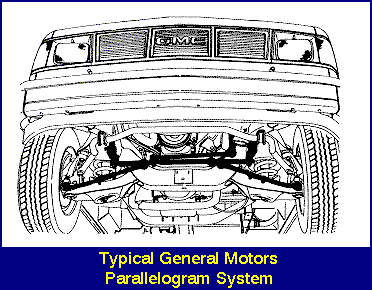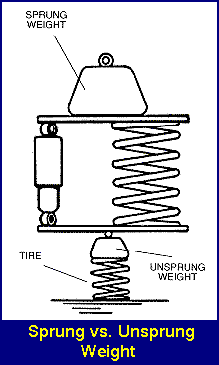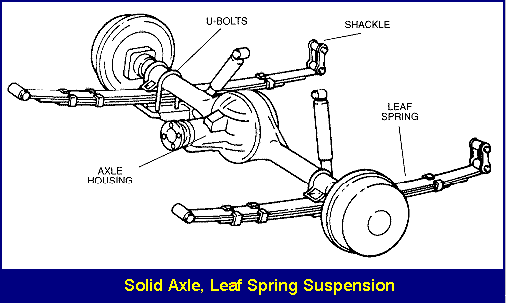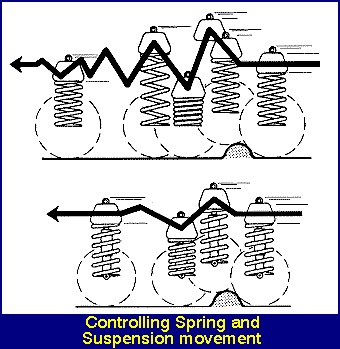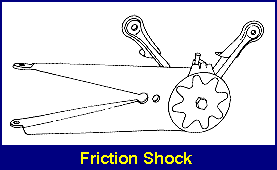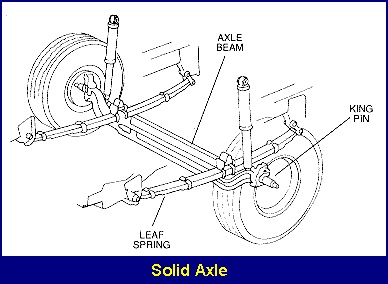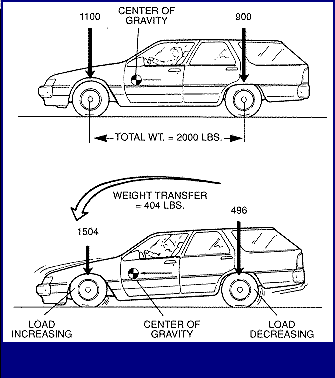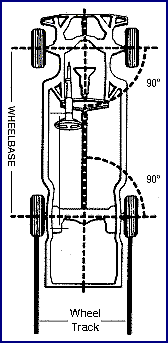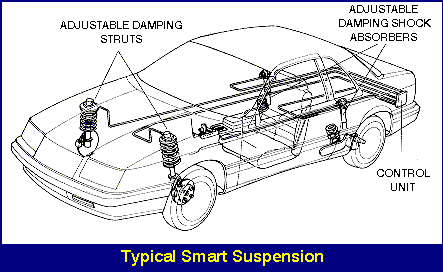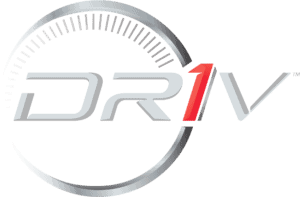Steering Systems
STEERING SYSTEMS The typical steering system used on passenger cars and light trucks is called a parallelogram system because all the pivot points are paralleled. This allows each wheel to be flexible and to travel independently. The conventional parallelogram system consists of the following: pitman arm idler arm tie-rod ends centre link adjusting sleeves Another […]

